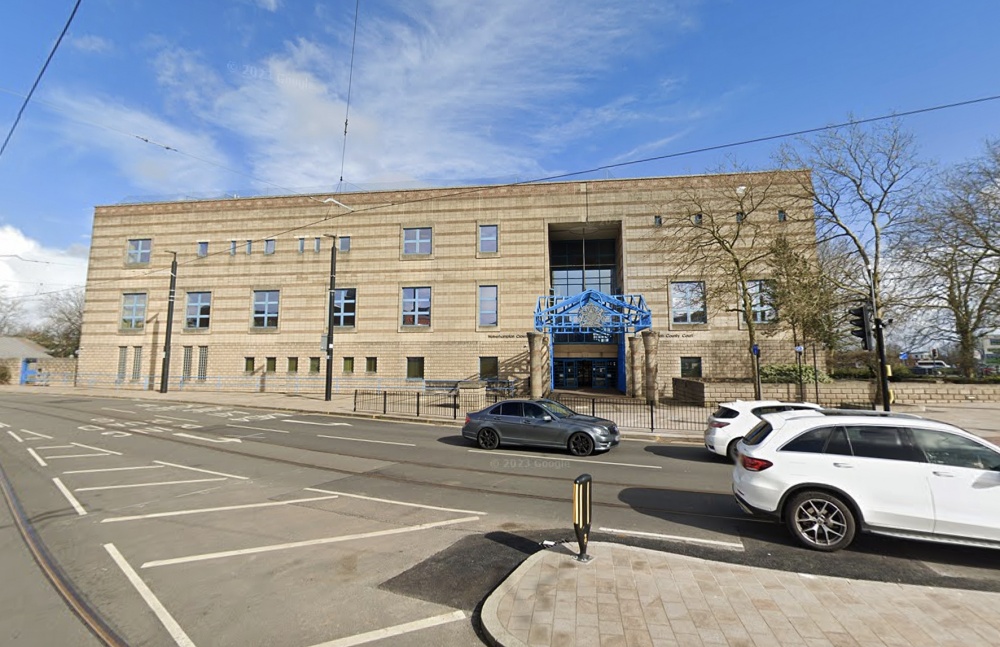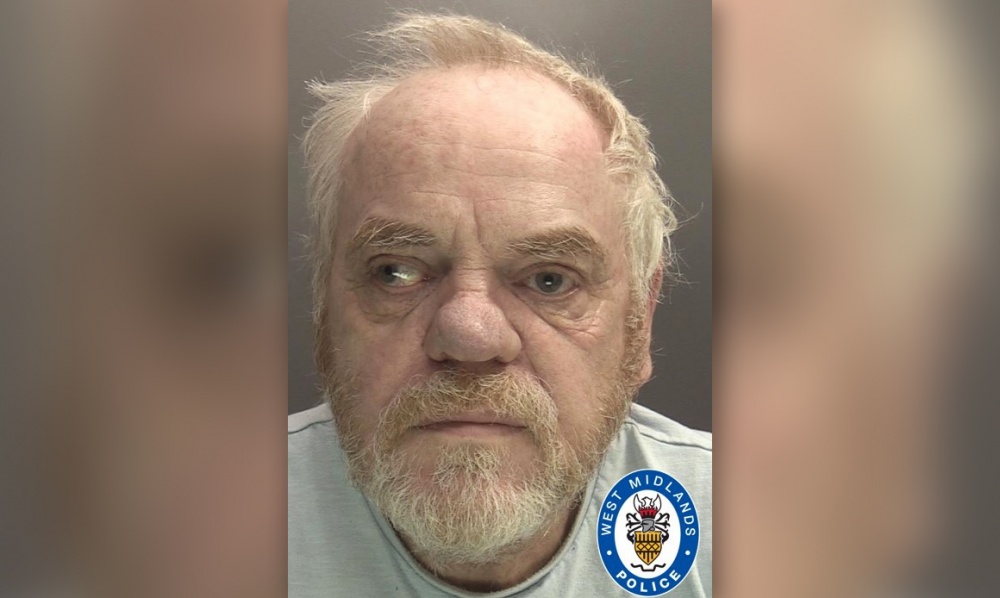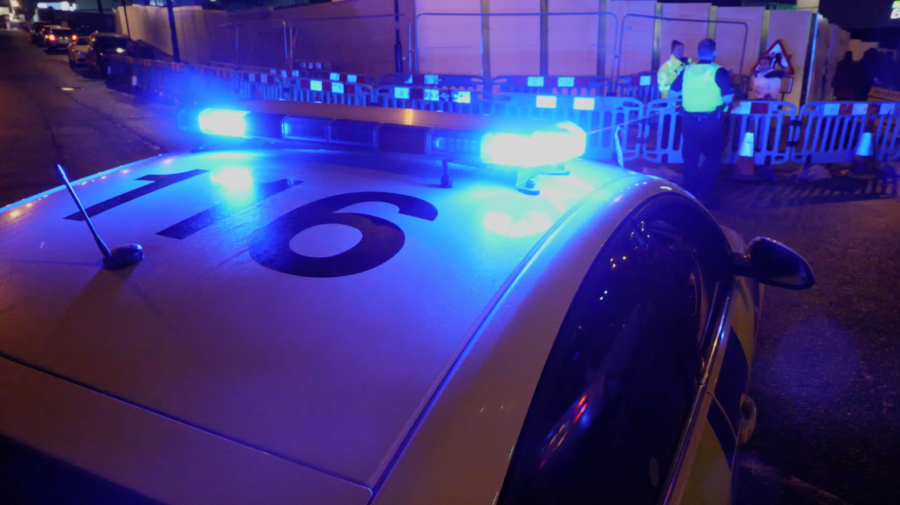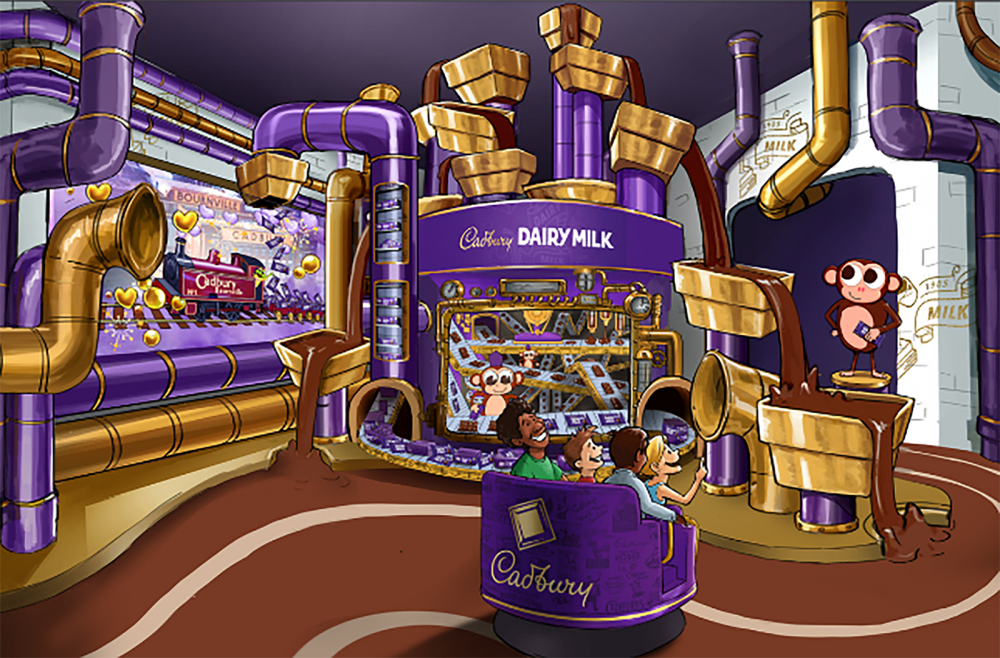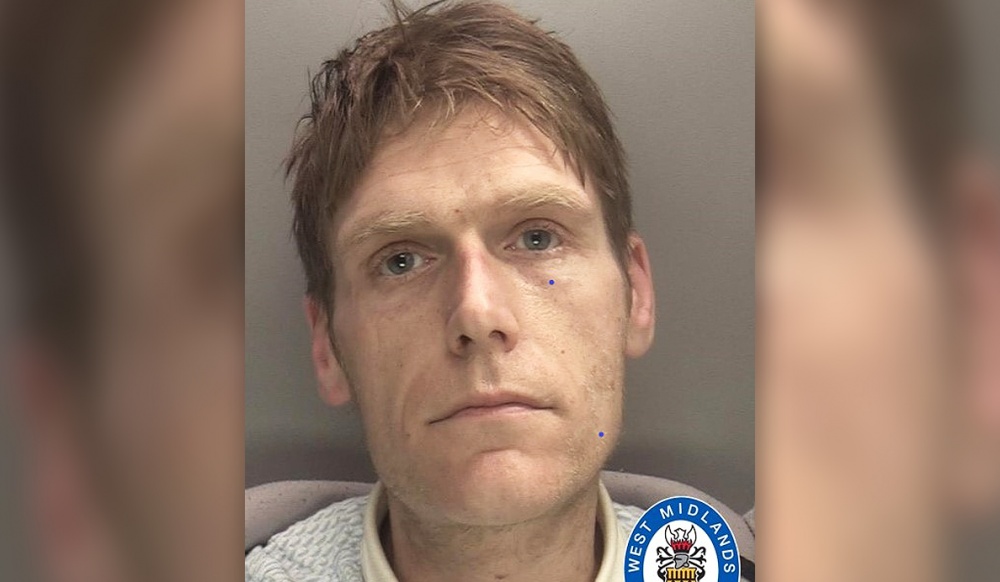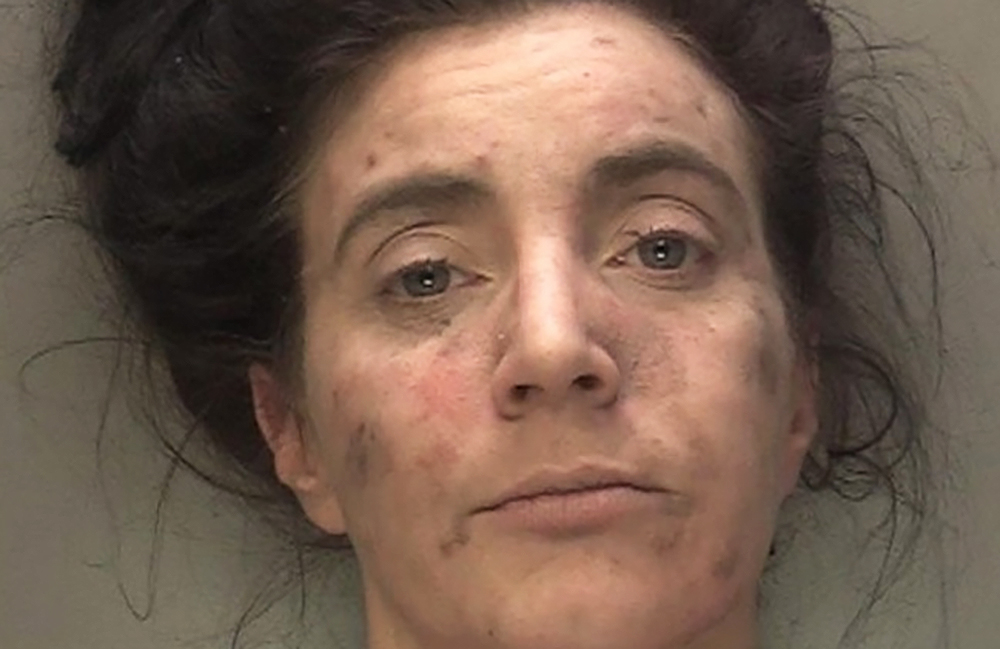REVIEW: Peaky Blinders – The Redemption of Thomas Shelby – the gang is back in Birmingham
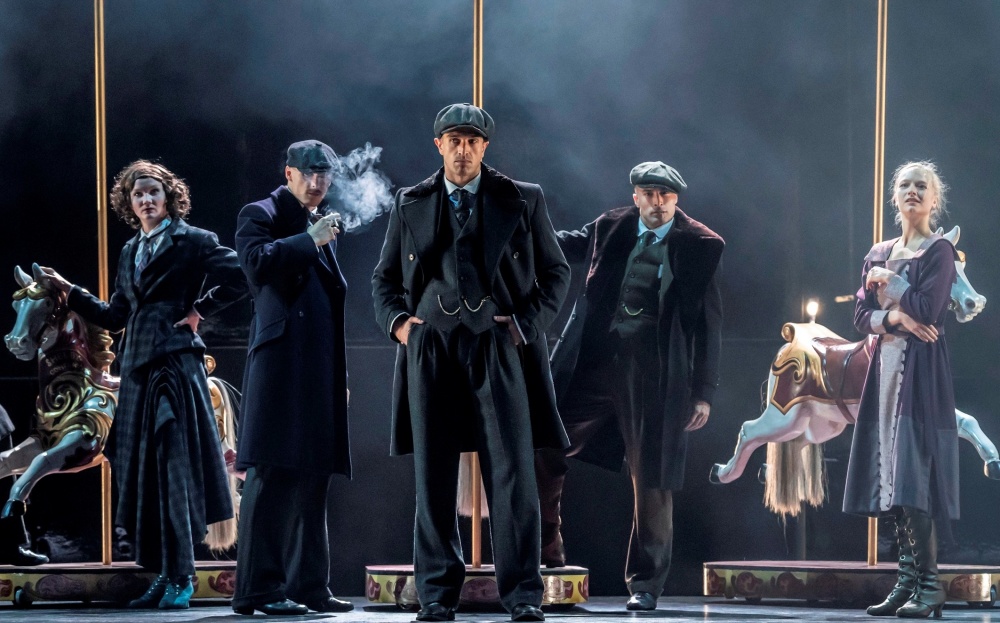
The legendary Peaky Blinders of Small Heath are back in town and this time they’re setting The Birmingham Hippodrome stage on fire with a spectacular new dance show.
Peaky Blinders: The Redemption of Thomas Shelby delivered an astounding premiere tonight which sent pulses racing with excitement and drama.
Peaky Blinders creator Steven Knight – who attended tonight’s premiere – is the writer for the spectacular new Rambert Dance show and his story showcases elements and themes which he says were in his mind whilst writing the original television series.
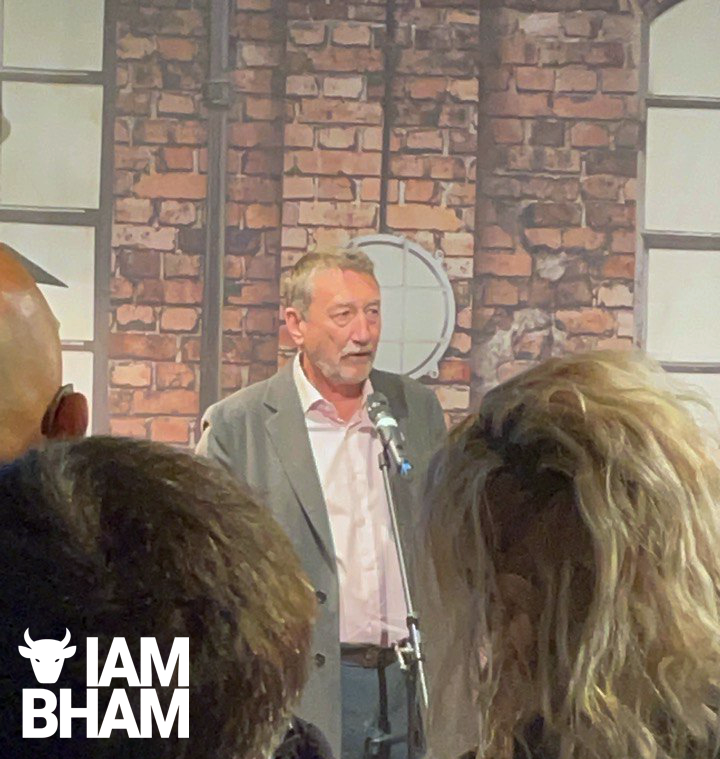 Rangzeb Hussain
Rangzeb Hussain Knight was first exposed to the power and grace of dance when Rambert Dance performed a sequence from Swan Lake in an episode of the fifth season of Peaky Blinders.
Knight was immediately gripped by the potential to tell a story through the visceral and pure element of dance where movements convey emotions.
Peaky Blinders: The Redemption of Thomas Shelby is the fruit of the collaboration between Knight and Rambert Dance, and the taste of the fruit is lush, deep, and evocative, and it lingers in the heart and mind.
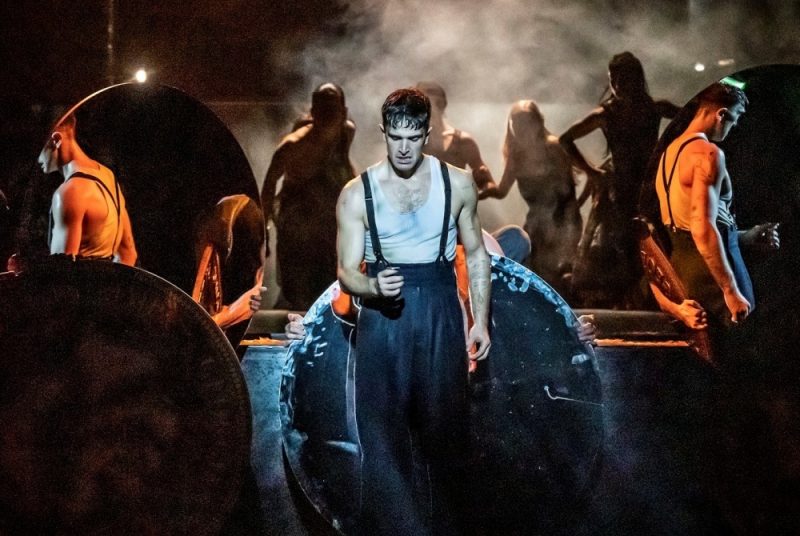 Johan Persson
Johan Persson The tale unfolds across the abyss of hell that is World War I, with young men mired in the grime of the rat infested trenches and tunnels under No Man’s Land, and then crosses the channel to the smoky backstreets of Birmingham’s Small Heath where the shell-shocked soldiers have to contend with vermin in the shape of corrupt officials, rent collectors and pimps who infest the vice-ridden backstreets and alleys of the city.
Instead of a hero’s welcome upon returning home, the young soldiers are shunned and discarded. These brave young men have merely swapped one hell for another. They will forever be seen as outsiders unless they take control of their destinies.
Rambert Dance artistic director Benoit Swan Pouffer has crafted cinematic action-packed choreography for the show that is spellbinding and in keeping with the tone of Knight’s dramatic palette. Pouffer balances the monstrous horror endured by the soldiers in the infernal tunnels of World War I with some of the most tender, loving and sensual moments seen on stage in recent times.
Pouffer weaves what can only be described as witchcraft to create dance magic that effortlessly transmits the physical and psychological narrative in Knight’s powerful and poignant script.
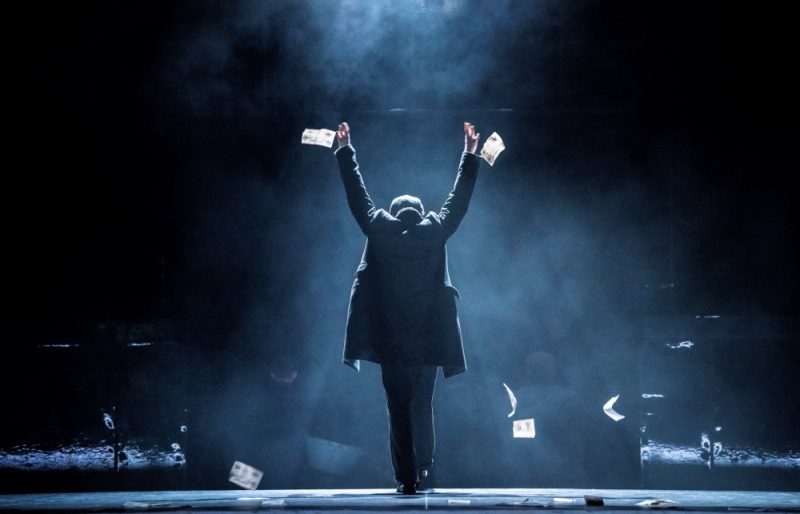 Johan Persson
Johan Persson Composer Roman GianArthur marries the iconic soundscape of the television series with new tracks and musical motifs which are merged seamlessly into the tale unfolding across the epic Hippodrome stage.
The colour of the music begins with snarling dark notes that thrash and strike hard and sharp like bullets, the rage of war and terror thunders around the auditorium, and the soldiers bodies respond to the fury of the music.
The music becomes the voice of the emotions felt by the main characters of the show, and as the people change and adapt to a new world after the war the music reflects their fractured outlooks.
The dancers in this show each deserve the highest praise for their energetic performances. Just as the music changes to reflect the changing emotional and physical landscape of the characters, the choreography also goes through subtle changes and the talented Rambert dancers rise to the challenge and reveal the shifts in their inner and outer worlds.
There are gravity defying moments when the dancers lean forwards or backwards, or even freeze and hold a pose, during the searing choreography and somehow they seem to keep balance and not topple over. The amount of physical dexterity required to produce and hold these dance positions must be immense.
The level of energy on display by the main cast and ensemble, including musicians, is breathtaking.
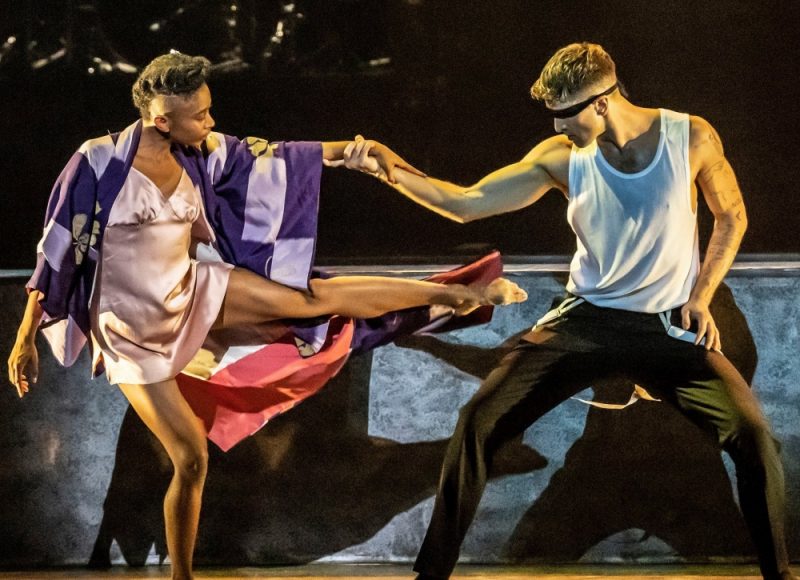 Johan Persson
Johan Persson Guillaume Quéau (Thomas Shelby) shows the change in his character from a haunted young soldier in the very pits of hell to being torn apart by grief when the love of his life is taken from him and he sinks into the oblivion of the opium dens.
Quéau is convincing in his mannerisms, movements and simmering rage, and his scenes with his beloved Grace are tender and soulful.
Naya Lovell (Grace) acts as the counterbalance to the fiery emotions that bubble and seethe inside Thomas. Lovell is at times gentle and elegant, and then hard as iron, a woman who refuses to be treated as inferior to the men around her.
When she dances with Thomas he merges with her and their souls seem to unify as one entity. They convey love as an ethereal force that flows through them and is reflected in their movements. The level of trust is so deep that Thomas can dance with her after being blindfolded and both of them revel in their cosmic connection.
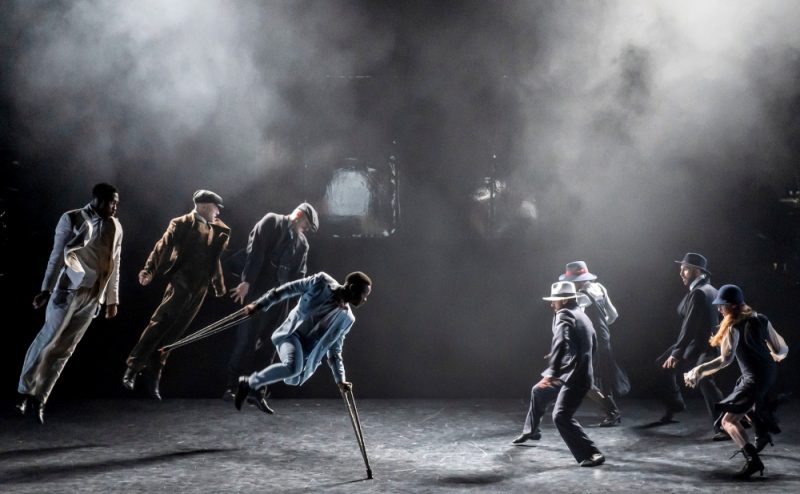 Johan Persson
Johan Persson Aishwarya Raut (Widow Changretta) is sleek, dangerous, and scintillating with an untamed feline quality which is brought to the fore through mesmerising movements. Raut’s aura gelams and glows around her whenever she appears on stage.
Her facial expressions, with eyes that sparkle and dance in tune with her emotions, are so compelling that no dialogue is needed to convey what her smouldering character is feeling.
Raut is a charismatic star in the making who will go far based on the evidence of her shimmering performance in this show.
Another extraordinary dancer who deserves major accolades is Musa Motha (Barney) who is a tour-de-force and his performance in this show has to be seen to be believed. This talented dancer lost his left leg to cancer when he was just 10-years-old yet despite this he went on to become a truly inspirational performer.
Motha’s casting in the show is a masterstroke because his character embodies the crippled soldiers who returned home with horrific war injuries at the end of World War I.
Unlike Thomas, who is mentally scarred, the character of Barney is physically scarred, and has to find a way through life with his leg amputated. Instead of resorting to maudlin pity, Motha thrills the audience with acrobatic dance sequences which are awe-inspiring.
Motha uses his crutches as a badge of courage, not of shame. He displays his courage to the world, dancing and savouring life, and pulling his comrades up towards light and life when they reach the lower depths of despair and paranoia.
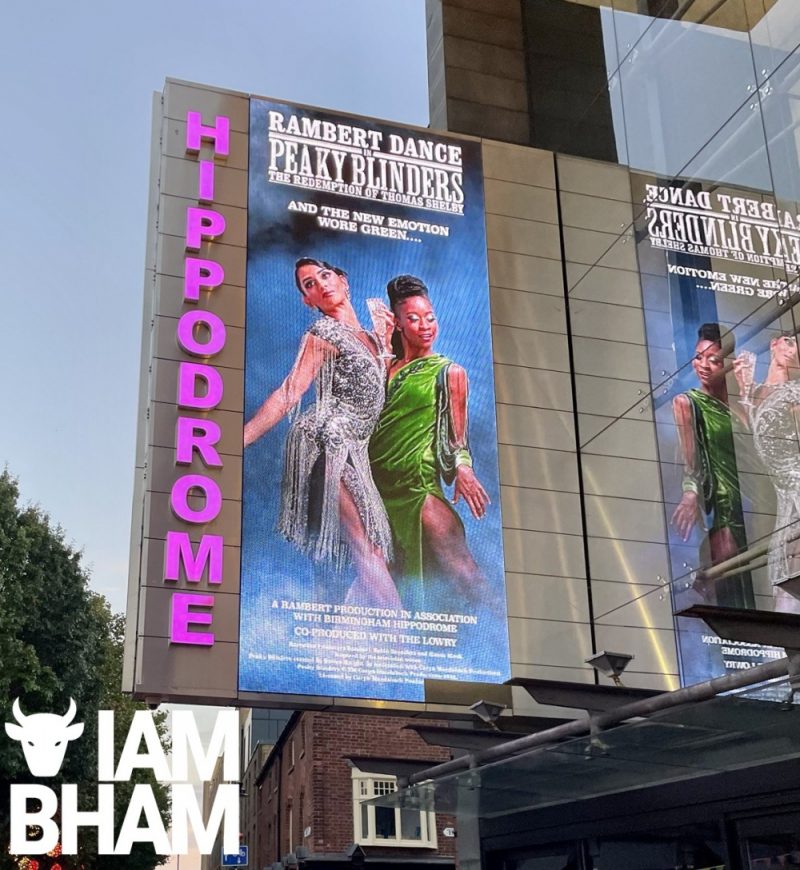 Rangzeb Hussain
Rangzeb Hussain This is a rare show where the writing, direction, lighting, costume design and casting all come together in such a perfect and authentic way that it ignites the imagination and stays in the mind long after the curtain has fallen.
Fans of the BBC show who miss Peaky Blinders after the series ended earlier this year can rest assured that the legendary gangsters of Small Heath are not only back but they’re literally rocking the joint in this new dance show.
This pulsating five star night at the theatre is a contender for Show of the Year.
* * * * *
Peaky Blinders: The Redemption of Thomas Shelby is running at The Birmingham Hippodrome until Sunday 2 October







